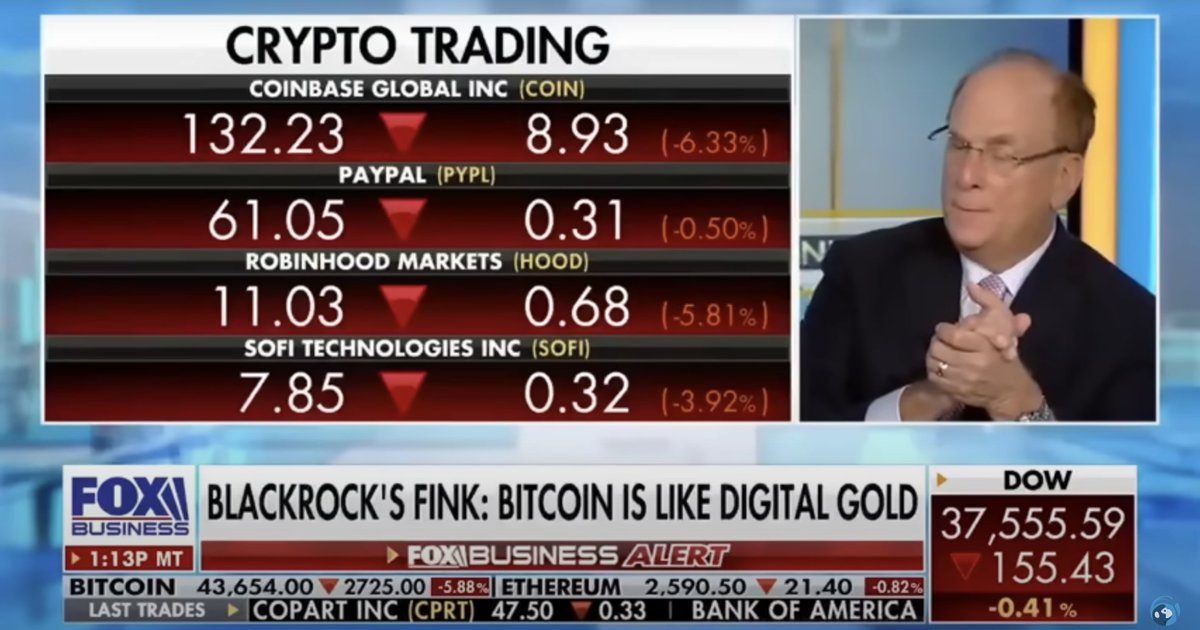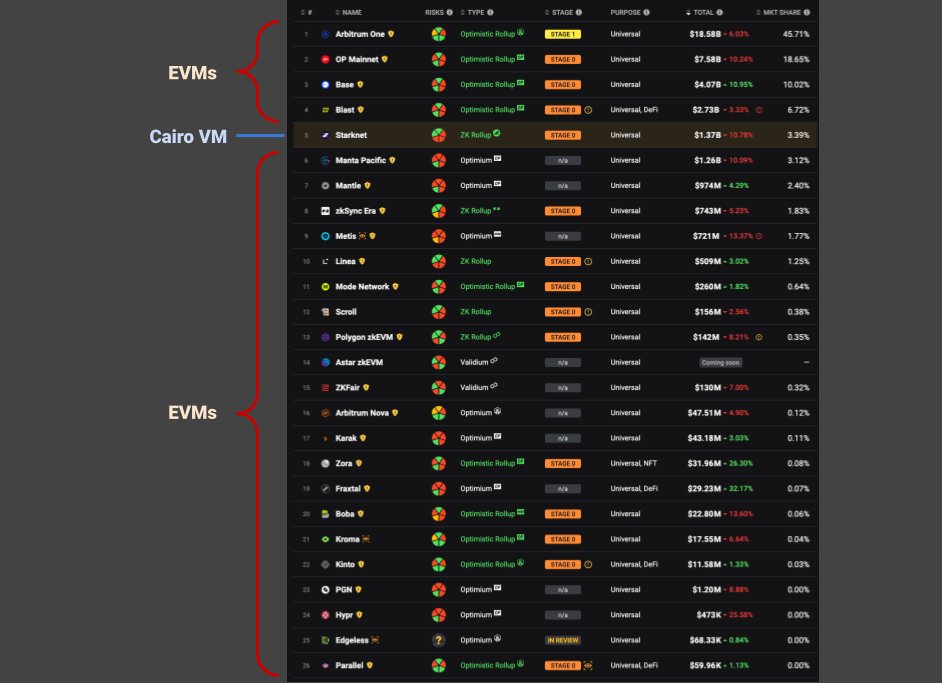So, I've been quietly working on a new project over the last year... and it's time to share a bit about it 😉
It's time to bring Ethereum back to it's roots, time to bring back the magic that made it so special.
Let me tell you a bit about why I'm so excited about @fuel_network
It's time to bring Ethereum back to it's roots, time to bring back the magic that made it so special.
Let me tell you a bit about why I'm so excited about @fuel_network

Ethereum today looks a lot different than when I started.
ETHBerlin 2018 was my first entry into the community. And back then, the community was pretty weird.
A group crazy enough to think they could take on the world's governments, banks, and big corporations.
I fell in love.
ETHBerlin 2018 was my first entry into the community. And back then, the community was pretty weird.
A group crazy enough to think they could take on the world's governments, banks, and big corporations.
I fell in love.

This crazyness was what built Ethereum.
People dreamed big, dared to think different.
Not just different from the traditional, non-crypto world, but also from the mainstream crypto community who doubted that Ethereum could live up to it's grand promises.
People dreamed big, dared to think different.
Not just different from the traditional, non-crypto world, but also from the mainstream crypto community who doubted that Ethereum could live up to it's grand promises.
While most chains were single-purpose, Ethereum put a turing-complete computer on chain!
When nearly every chain was using PoW, Ethereum set out to build the a robust PoS system.
While every chain was trying to have a "fixed supply", Ethereum shifted tokenonomics with EIP-1559.
When nearly every chain was using PoW, Ethereum set out to build the a robust PoS system.
While every chain was trying to have a "fixed supply", Ethereum shifted tokenonomics with EIP-1559.
Today, Ethereum looks very different.
Ethereum secures over $1.5 trillion of assets. Mainstream institutions like Blackrock and PayPal are issuing assets on-chain.
And Ethereum's core development has become slow and conservative, as the L1 approaches it's "final state".
Ethereum secures over $1.5 trillion of assets. Mainstream institutions like Blackrock and PayPal are issuing assets on-chain.
And Ethereum's core development has become slow and conservative, as the L1 approaches it's "final state".

To be clear, this is an incredible success for Ethereum.
Ethereum has delivered on it's vision to be the "foundational layer for financial and non-financial protocols".
Ethereum has delivered on it's vision to be the "foundational layer for financial and non-financial protocols".
Yet this is a classic case of the "innovators dilemma": focus on pleasing existing users & customers kills the innovation cycle, making it vulnerable to disruption.
Like many technologies before it, Ethereum is becoming a victim of it's own success.
Like many technologies before it, Ethereum is becoming a victim of it's own success.

Ethereum's modular, rollup-centric roadmap enables permissionless innovation to continue, allowing new L2s to experiment with the the execution layer.
Yet most L2s aim to be as similar to ETH L1 as possible (they're basically all EVMs).
This is where Fuel comes in.
Yet most L2s aim to be as similar to ETH L1 as possible (they're basically all EVMs).
This is where Fuel comes in.

But in many ways, Fuel's doing the exact opposite of most L2 teams.
- Instead of reusing the EVM, Fuel's building a fresh new parallelized VM
- Instead of using accounts, Fuel has UTXOs
- While everyone's doubling-down on ZK, Fuel's pushing "hybrid proving" with fast finality
- Instead of reusing the EVM, Fuel's building a fresh new parallelized VM
- Instead of using accounts, Fuel has UTXOs
- While everyone's doubling-down on ZK, Fuel's pushing "hybrid proving" with fast finality

Some people think these ideas are crazy.
Some people think these designs will slow adoption.
They might be right, but at least Fuel's trying something different.
Doing things the Fuel way.
And as a builder, that's the kind of project I want to be working on.
Some people think these designs will slow adoption.
They might be right, but at least Fuel's trying something different.
Doing things the Fuel way.
And as a builder, that's the kind of project I want to be working on.

The most exciting part about working at Fuel has been the freedom to truly reimagine what an Ethereum rollup should look like.
Want to add op-codes to the VM?
Want to change the language syntax?
Want rewrite wallet libraries?
We're able to tweak anything
Want to add op-codes to the VM?
Want to change the language syntax?
Want rewrite wallet libraries?
We're able to tweak anything
https://twitter.com/aeyakovenko/status/1777018079572017170
Ethereum's values have propelled it to success.
The values of decentralization, of permissionlessness, and the ability to verify and contribute to the network.
Those values are larger than any single architecture.
Ethereum needs new approaches to spread these values further.
The values of decentralization, of permissionlessness, and the ability to verify and contribute to the network.
Those values are larger than any single architecture.
Ethereum needs new approaches to spread these values further.
Fuel's first mainnet rollup is just a few months away, a massive step after years of building.
But that launch is only the starting line. With a mainnet chain as a foundation, we can start to really push the boundaries.
But that launch is only the starting line. With a mainnet chain as a foundation, we can start to really push the boundaries.
https://twitter.com/fuel_network/status/1760331323133325424
Ethereum was once a place for the crazy ones to try something different.
Today, Ethereum needs that energy more than ever.
I'm excited to put my energy into making Fuel that crazy project... one that just might work...
Today, Ethereum needs that energy more than ever.
I'm excited to put my energy into making Fuel that crazy project... one that just might work...
• • •
Missing some Tweet in this thread? You can try to
force a refresh








